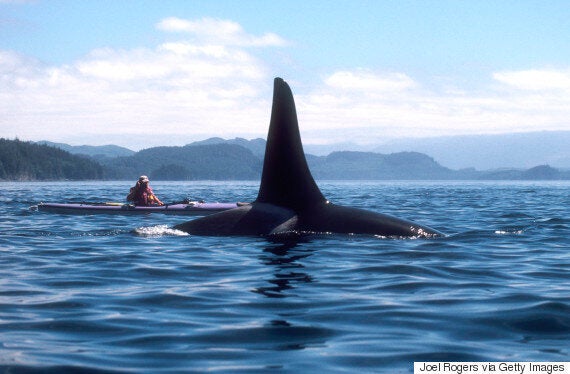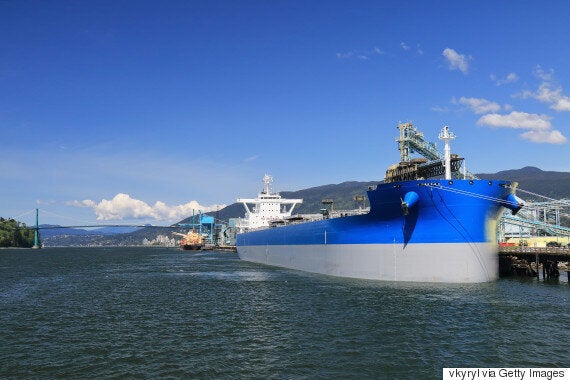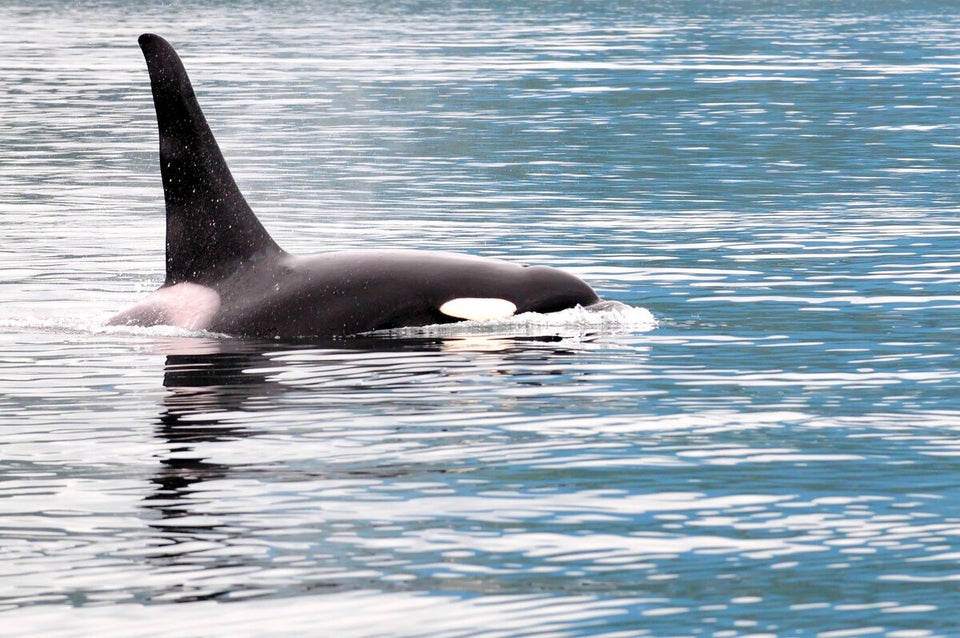
In the last couple months killer whales (orcas) have been in the news a lot, in particular the endangered population of Southern Resident Killer Whales (SRKW) who make the Salish Sea their home.
For non-locals reading this, the Salish Sea includes "the Strait of Juan de Fuca, Strait of Georgia, and Puget Sound, and all their connecting channels and adjoining waters, and the waters around and between the San Juan Islands in Washington State and the Gulf Islands in British Columbia."
The recent deaths of Granny (the former matriarch of J pod) and J-34 (an 18-year-old male) has shined a light on the fragile local population and has been used by some in the activists community as a cudgel in their battle against the Kinder Morgan Trans-Mountain expansion project (TMX).
The argument has gone that increasing the number of tankers would increase the number of collisions with marine mammals, and this could result in the extirpation of the SRKW. It is important to note, however, that while J-34 was apparently killed by a collision, the collision was not in a tanker sea lane. Rather, J-34 was found near Sechelt, well north of any tanker routes.

According to the definitive research on the topic the SRKWs are at highest risk of collision in Johnstone Strait, which would be a problem if tankers were heading in that direction, but they are not. The research indicates that the tanker sea lanes do not pose a particular risk to the SRKW, especially given current marine rules in those lanes.
As for the increase in tanker traffic, the TMX tankers represent an increase of 720 more ship movements in a Strait that sees 23,000 ship movements a year. This at a port that is engaged in a build-out that will expand ship traffic significantly. Thus, if collisions are really a serious concern, then the activists should be protesting the Port of Vancouver's expansion plans, not the TMX.
The other topic of ongoing concern to the SRKW is the risk posed by oil spills. This risk was highlighted in a report for the Raincoast Conservation Foundation titled Report on Population Viability Analysis model investigations of threats to the Southern Resident Killer Whale population from Trans Mountain Expansion Project.
In my opinion the study is fatally flawed.
The report details a modelling exercise to examine the effect of the TMX on the SRKW. It also appears to serve as the basis for a lawsuit against the TMX.
The problem is that while the risks to the SRKW from spills are real, this study should not be the basis for discussions on the topic. Why? Well, because in my opinion the study is fatally flawed. The model used in the research seems sound and the statistical methodology was excellent, but the problem was the data used to generate the results. As we all remember from programming, regardless of the quality of a model if you use bad inputs, you get bad outputs. In this report they appear to have used bad inputs in their modelling.
As I detail at my personal blog, the study authors relied on numbers supplied from a blog post. The blog post uses values from Trans Mountain TERMPOL 3.15 General Risk Analysis and Intended Methods of Reducing Risk (caution large file) to generate a likelihood of an incident. The problem is that the authors appear to have used the wrong numbers from that blog post.

In TERMPOL 3.15, the authors presented several scenarios: a current (Case 0), a Case 1 (expansion with no mitigation) and then Case 1a and Case 1b (expansion with specific mitigations to reduce risk). The stated intention of the TEMPOL 3.15 report was to provide a description of the necessary mitigation efforts associated with the increase in tanker traffic that would come with TMX. The conclusion of the report was that Trans Mountain make use of specific list of mitigations. Those mitigations (including tugs, reduced speeds, etc.) were subsequently made a requirement for the project.
Unfortunately the "no mitigations applied" number (Case 1) for spills was used for the modelling exercise. To compound the issue, as I describe, the authors then doubled the numbers presented in the blog post. To repeat, the authors took a spill frequency value that was recognized as being 4-5 times too high and then they doubled the frequency of spills for use in their model.
It is clear, in this case, that we need to look again at the underlying evidence.
What this means is that the analysis relies on a wildly inflated risk of incidents as an input. It thus presents a similarly inflated risk of extirpation of the SRKW population as an output.
I am not saying that the TMX must go forward. As I have written, I have serious reservations about the project. However, I believe we need a fair debate on the topic and fair debates must rely on demonstrably sound evidence. It is clear, in this case, that we need to look again at the underlying evidence being used in this discussion.
CORRECTION: An earlier version of this blog referred to an orca that died as J-32. It was designated J-34.
Follow HuffPost Canada Blogs on Facebook
Also on HuffPost:
